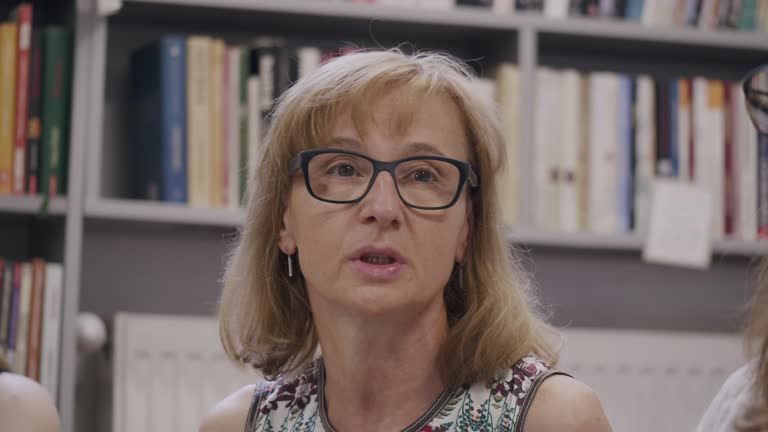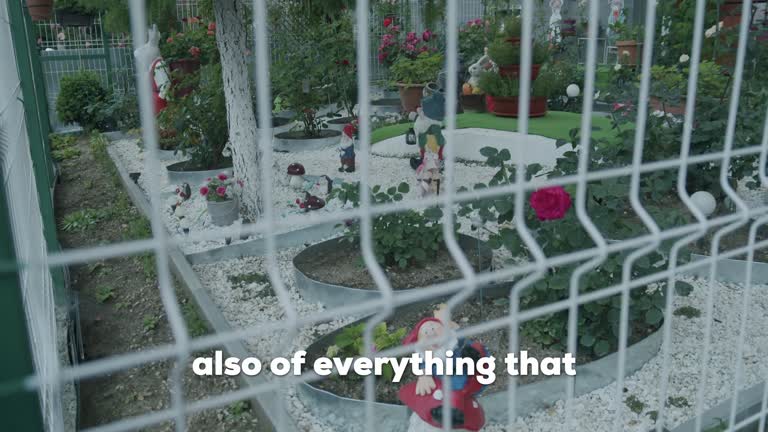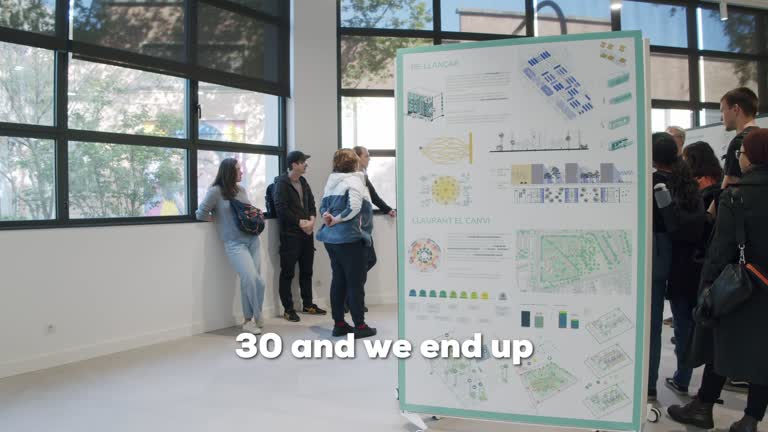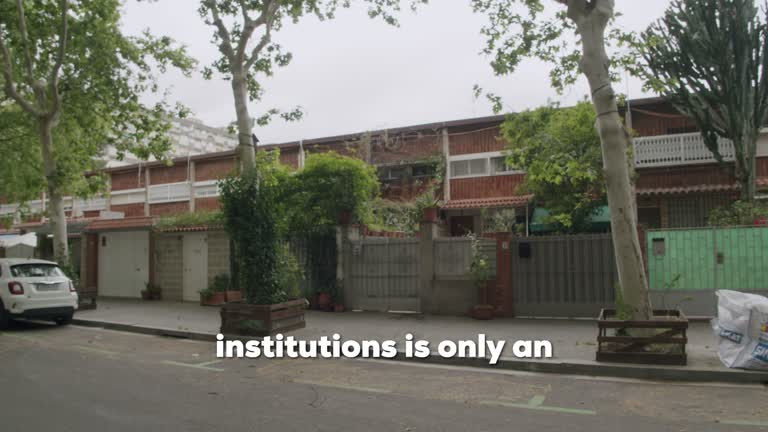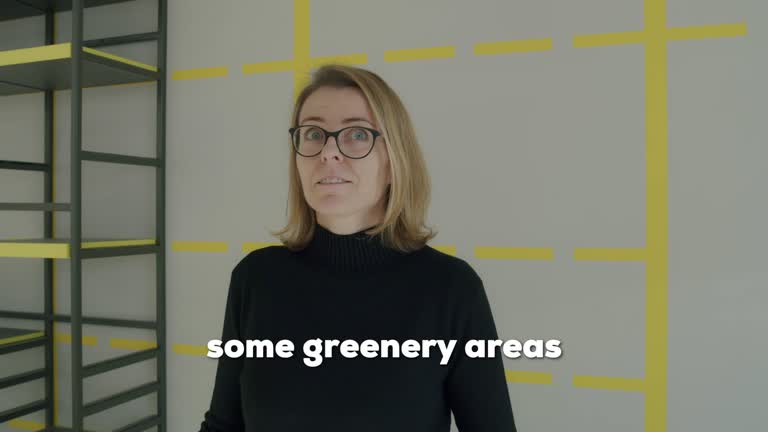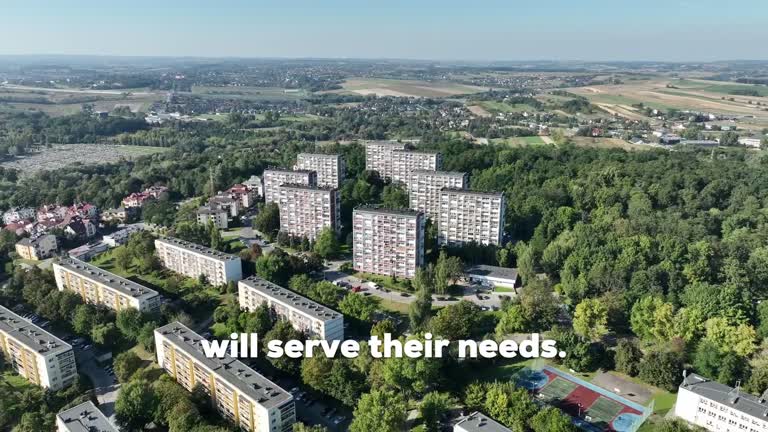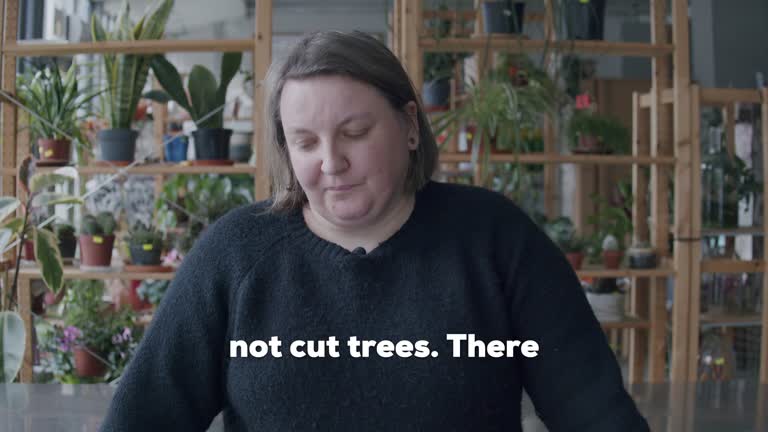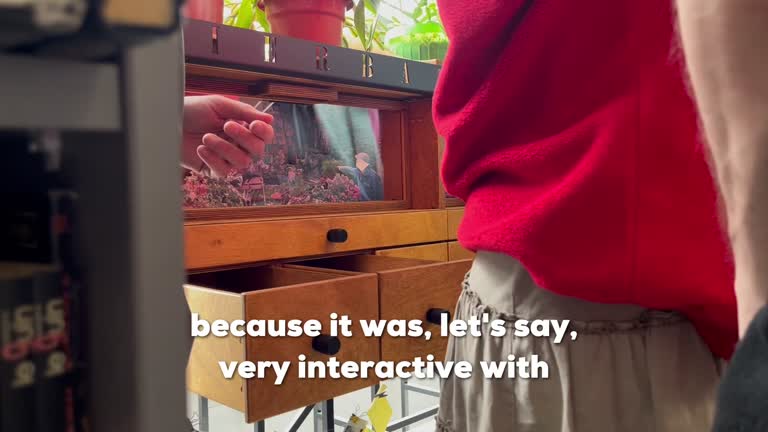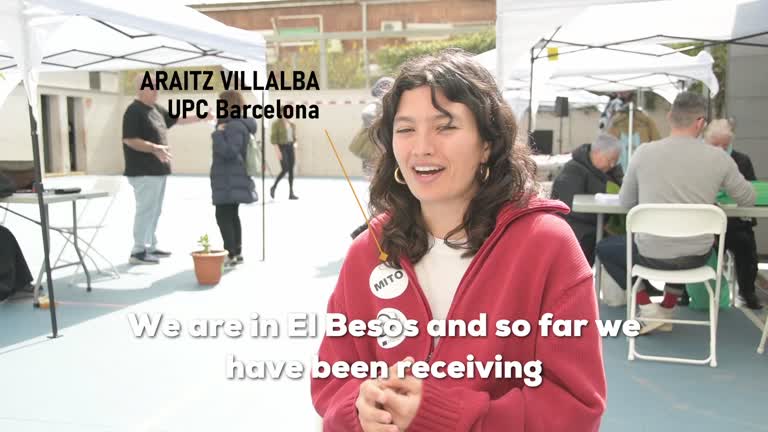The Crângași Herbarium, a curated collection of drawings, maps, photographs, analyses, texts, and dioramas contained in a small piece of furniture located inside a public library in the Crângași neighbourhood. The herbarium presents a condensed story of the minor history of how residents live in the neighbourhood and the ways in which practices of neighbourliness and conviviality manifest in the spaces of the city. Thus, the herbarium highlights these modes of adaptation and survival in a city dominated by the paradigm of individual actions, privatization and commodification, and top-down strategies often implemented in a heavy-handed manner. The research aimed to identify neighbourhood spaces and active actors that could host and support an intervention with a strong ecological and community-oriented character. The Nichita Stănescu branch of the Bucharest Metropolitan Library, located on Calea Crângași, the neighbourhood’s main thoroughfare, was identified as one of the key community actors capable of supporting the intervention and engaging various library users in caring for a small nearby green space. Due to overlap with a city hall project to redesign the entire boulevard, it was decided to relocate the “intervention” inside the library. Although initially this seemed like a step back for the project, the relocation into the small neighbourhood library turned into an opportunity to highlight and support an important public institution for the local community. Identified during the research as one of the spatial and institutional resources that can help support the emergence of (environmental) commons in the neighbourhood, “our library,” as it is called by some of its users, was considered a suitable place to make visible the informal manifestations found in local public spaces.



